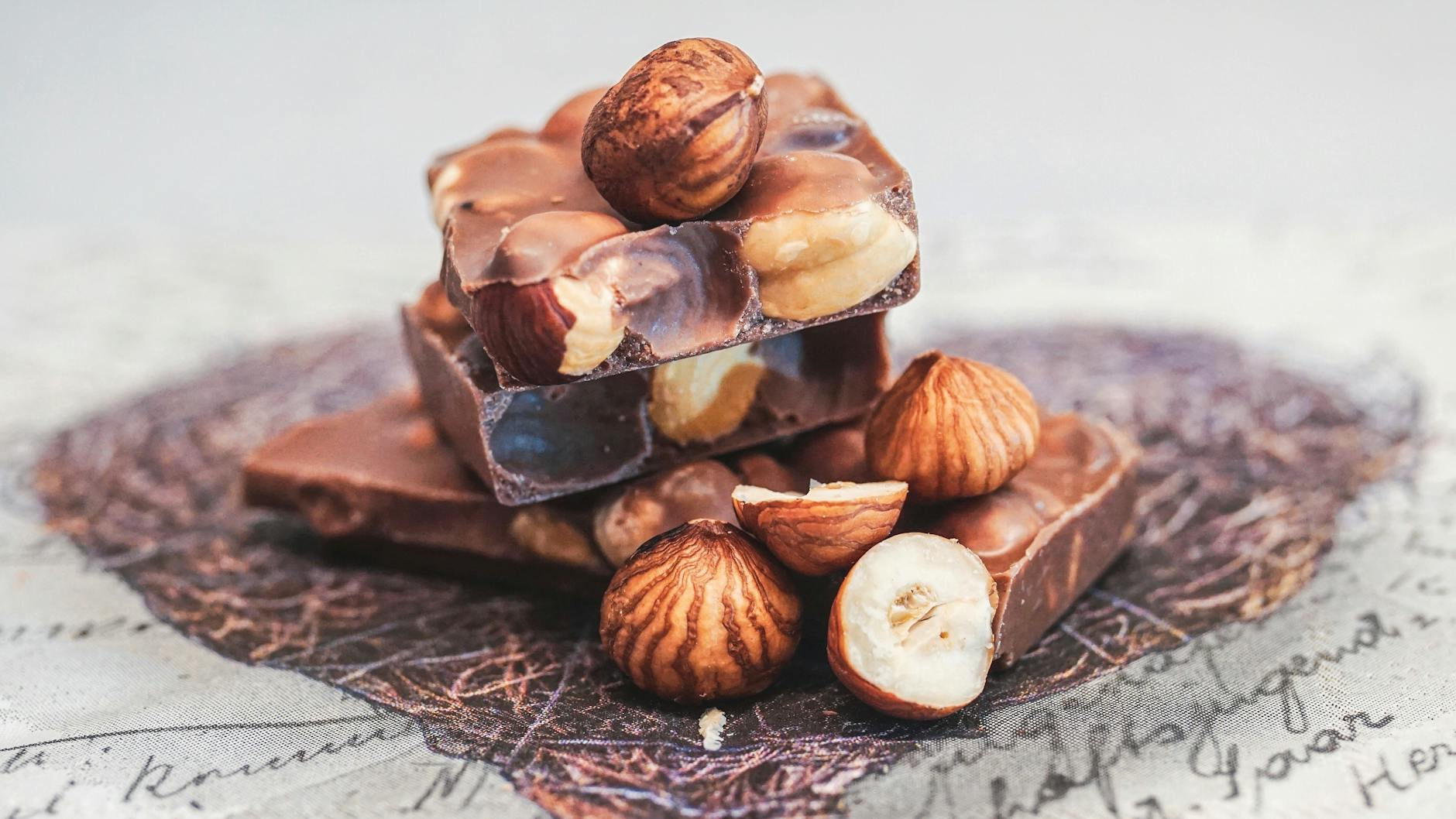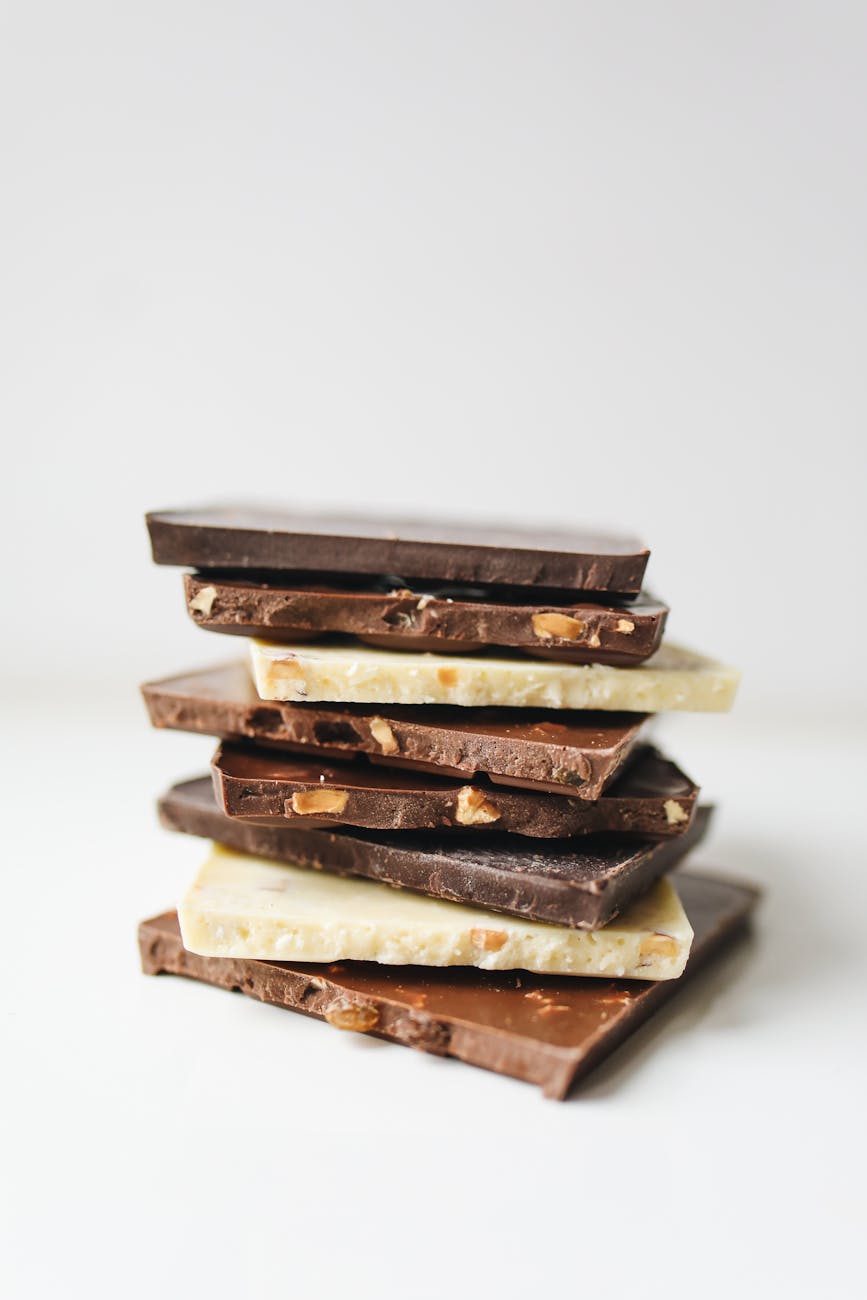We may earn money or products from the companies mentioned in this post. This means if you click on the link and purchase the item, I will receive a small commission at no extra cost to you ... you're just helping re-supply our family's travel fund.
When people think of chocolate, the varieties that immediately come to mind are dark, white or milk: these three types are the most popular and consumed due to their classic and versatile flavors, suitable for the preparation of multiple recipes.
However, the world of chocolate offers many other varieties that are just as good and intriguing, perfect for a mouth-watering break with an extra twist or to impress your guests at the end of a meal.
Hazelnut chocolate

Among the most unusual flavors are Venchi‘s Italian hazelnut chocolate offerings, which creatively reinterpret classic flavors. In fact, the brand combines hazelnuts with other ingredients, creating unique and surprising flavors.
These include bars that combine hazelnuts with other dried fruits, such as salted pistachios and almonds, or the Bacio di Dama one, inspired by the famous Italian hazelnut cookie. Another intriguing chocolate flavor is Gianduiotto, a type of hazelnut chocolate created by kneading bitter cocoa with hazelnut paste.
Ruby chocolate
Another type of chocolate that is different from the usual ones is Ruby chocolate. Introduced fairly recently to the market, this chocolate is distinguished by its special color and flavor, obtained without the use of chemicals.
The characteristic pink hue, in fact, comes from the cocoa paste used in its production, made from a special variety of ruby-colored cocoa bean grown mainly in Brazil and Côte d’Ivoire.
The flavor of this chocolate is fruity and slightly tart, different from the traditional milk or dark chocolates you may be used to.
Modica chocolate
Modica chocolate, another Italian product (Sicilian, to be more precise), is renowned worldwide for its distinctive grainy texture. This chocolate is processed at a low temperature, below 104°F (40°C), causing the sugar (caster or cane) not to melt completely. Due to this unique process and to the usage of more than 65 percent cocoa mass, Modica chocolate combines a granulated consistency with an intense and authentic flavor.
Raw chocolate
Raw chocolate takes its name from its peculiar processing, which happens without roasting the cocoa or at temperatures below 107,6°F (42°C). Due to these temperatures, raw chocolate boasts a more delicate aroma and a higher presence of antioxidants.
Roasting cocoa beans at elevated temperatures has a twofold purpose: on the one hand, it helps reducing their bacterial load and moisture, but it also unlocks the inherent aromas of the cocoa beans.
In the case of raw chocolate, however, the bacterial load is reduced by steam insufflation for a few seconds, and as a result the chocolate is more acidic and less aromatic. This processing, however, also preserves the nutrients and antioxidants contained in cocoa.
Salted chocolate

Not everyone knows this, but cocoa, from which chocolate is made, has a naturally bitter and salty taste. The chocolate consumed by the ancient Maya, in fact, was quite different from the sweet chocolate we know today.
Currently, salty chocolate is growing in popularity – not only as a snack, but also as a versatile ingredient in lots of culinary recipes. In fact, this product can be added to sauces, rice, or meat, to enhance flavors and give a more elegant touch to these preparations.
Spicy chocolate
Chili pepper is a spice of ancient origin: when combined with chocolate, especially not too sweet dark chocolate, it creates a truly lush and decadent flavor profile.
This spice enhances the flavor of chocolate without overpowering it, creating a perfect balance.
Spicy chocolate can also be used to make desserts, or delicious hot drinks to enjoy during the colder months.
Leave a Reply